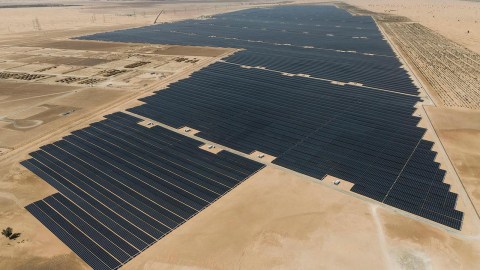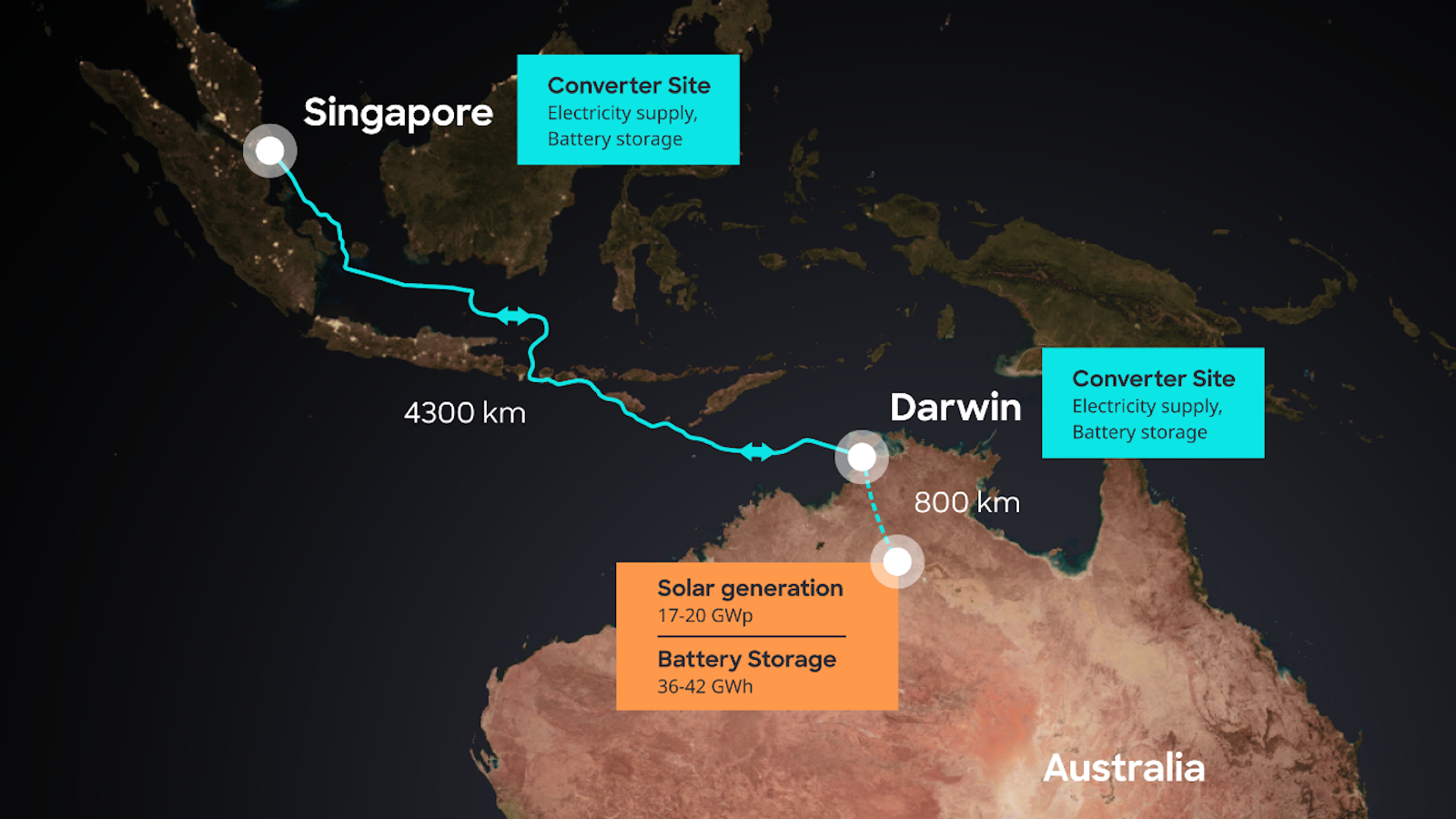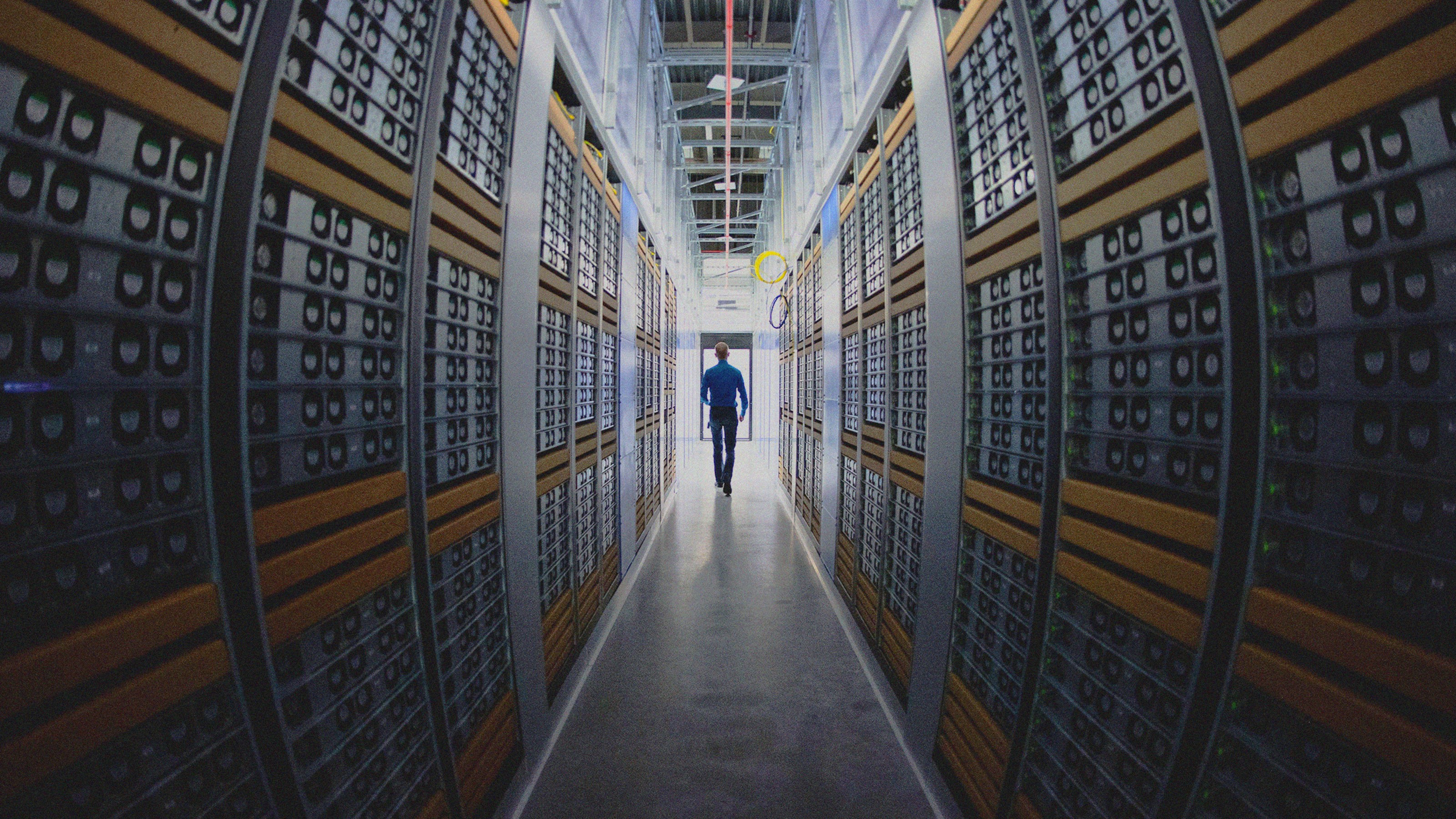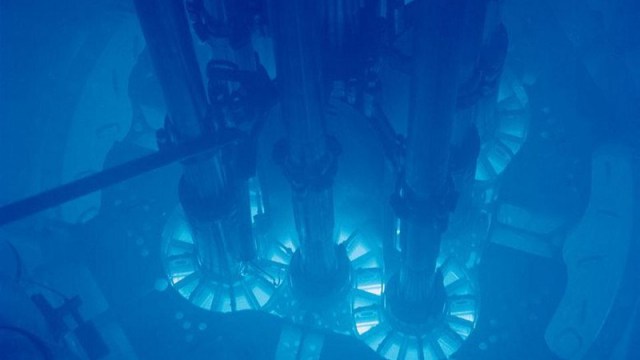The world’s largest solar power project begins running in UAE

WAM
- The United Arab Emirates is on a solar kick — it has just opened the world’s largest solar farm.
- This is only one of several huge power plants they’ve opened recently.
- While the country is still heavily dependent on oil, the new solar plants may change things.
You might have heard that the United Arab Emirates is building a concentrated solar power plant that will keep the lights on after the sun goes down. While that might be impressive enough by itself, it isn’t the only solar plant they have. In fact, they just opened up the world’s largest conventional solar plant this week.
Let there be light from sunlight!
Noor Abu Dhabi is the world’s new largest individual solar power plant. Built at the cost of almost $900M, the plant contains 3.2 million solar panels. It will produce 1.17 gigawatts of power; enough to supply the needs of 90,000 people and reduce their yearly carbon emissions by 1,000,000 metric tons. This is the equivalent of taking 200,000 cars off the roads.
However, it will not make quite enough electricity to make a DeLorean go back in time.
How do other operations compare?
While Noor Abu Dhabi is the world’s largest solar site, others come close. Shakti Sthala, in India, produces 2 gigawatts of power and Longyangxia Dam Solar Park in China has four million solar panels producing 850 megawatts. For comparison, the largest facility in the United States is Solar Star, which produces 569 megawatts of power.
The UAE better watch out though, because Saudi Arabia is working on a solar farm outside of Mecca that will produce 2.6 gigawatts of power when it’s done.
Does this mean the UAE is going green?
Kinda sorta.
Last year they opened the Mohammed bin Rashid Al Maktoum Solar Park and has been investing billions upon billions of dollars into solar power for a while now. The plan, according to the vice president of the UAE, Sheikh Mohammed bin Rashid al-Maktoum, is to “balance our economic needs with our environmental goals.”
According to the head of the Emirates Water and Electric Company, Mohammad Hassan Al Suwaidi, this solar plant is part of an ambitious program of cleaning up their energy sources:
“The completion of the project marks a significant milestone in the UAE’s Energy Strategy 2050, launched in 2017, to increase the contribution of clean energy in the total energy mix to 50 percent by 2050 while reducing the carbon footprint of power generation by 70 percent.”
However, they are still very reliant on fossil fuels and take steps to keep the price of oil where they want it so their economy doesn’t collapse.
This new solar farm is a step in the right direction, but it is still only a step.
As the nations of the world become more aware of the problems fossil fuels can cause they are increasingly turn to renewables. While the UAE isn’t about to stop selling oil anytime soon, it has made a bold move toward a greener future with this solar plant. Will it one day be known for solar power rather than petroleum? Only time will tell.





